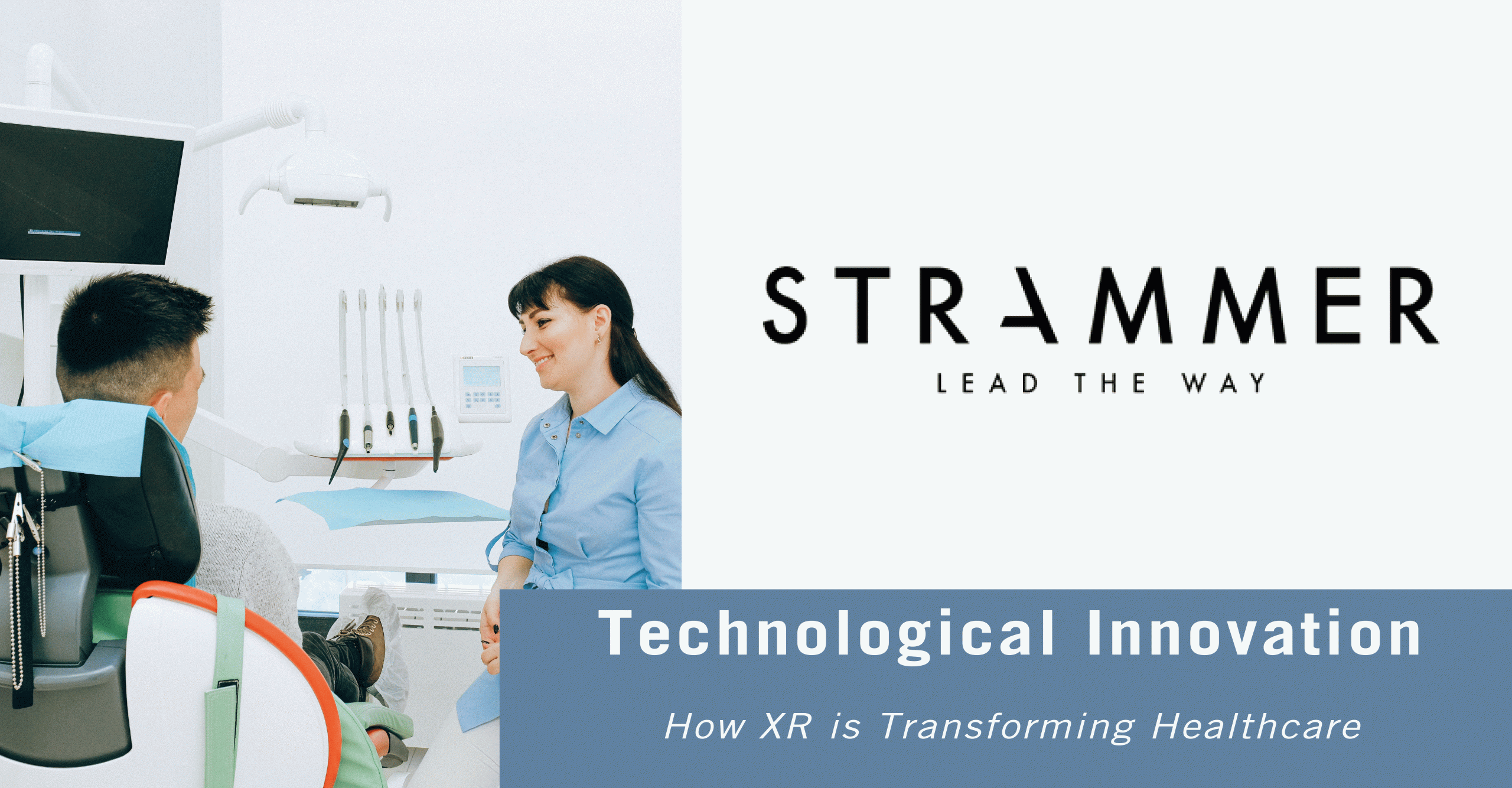The Possibilities of Extended Reality in Healthcare
Extended reality (XR) technologies are growing, and causing huge transformations in medicine and patient care. By 2026, the value of Augmented Reality (AR) and Virtual Reality (VR) in the healthcare sector worldwide is forecasted to be worth $10.82 billion, representing a CAGR of 36.1% between 2019 and 2026.
Innovation and the constantly expanding uses of these technologies within the healthcare domain present new ways to surpass limitations and better serve and centre patients. In this article we will look at some of the applications poised to shape the administration of healthcare.
One usage of extended reality technologies is in medical education. Universities can use AR to improve the learning experience of medical students with anatomical holographs. These enable students to learn about the composition of the human body by seeing and interacting with a 3D model superimposed on to the real world. Moreover, research suggests that immersive technologies can produce better knowledge retention compared with tablets or computer screens.
Mixed Reality also has potential to transform surgery by enhancing the capabilities of human surgeons. Recently, this technology has been used in reconstructive procedures. Specifcally, Dr Dimitri Amiras of Imperial College Healthcare National Health Service (NHS) Trust used this technology for ensuring precision during a leg reconstruction operation. Speaking at the 2019 European Congress of Radiology, Dr Amiras described how his team had generated a 3D model of their patient’s leg from an imaging scan which showed them the patient’s veins and arteries and guided the operation.
In Pharma, companies could use XR to communicate the workings of a new drug to customers, patients, and other stakeholders. For instance, Pharma teams can better express the value proposition by providing AR demos of how a drug interacts with a patient’s body.
Finally, XR presents opportunities to improve patient knowledge and agency. For instance, practitioners can explain a patient’s medical condition to them with a visual representation enabled by AR technology. In cases where there are multiple drugs or treatment pathways, patients may be able to make decisions from a more informed position and a better understanding of their medical situation.
While many of the applications of XR are yet to come, what we can be certain of is that these technologies will transform healthcare, creating opportunities to continously improve the patient experience and the delivery of medical care.
References:
- Promising applications of mixed realities in medicine, ECR 2019, Healthcare in Europe.
- Augmented Reality in Healthcare will be revolutionary, November 2019, The Medical Futurist.





